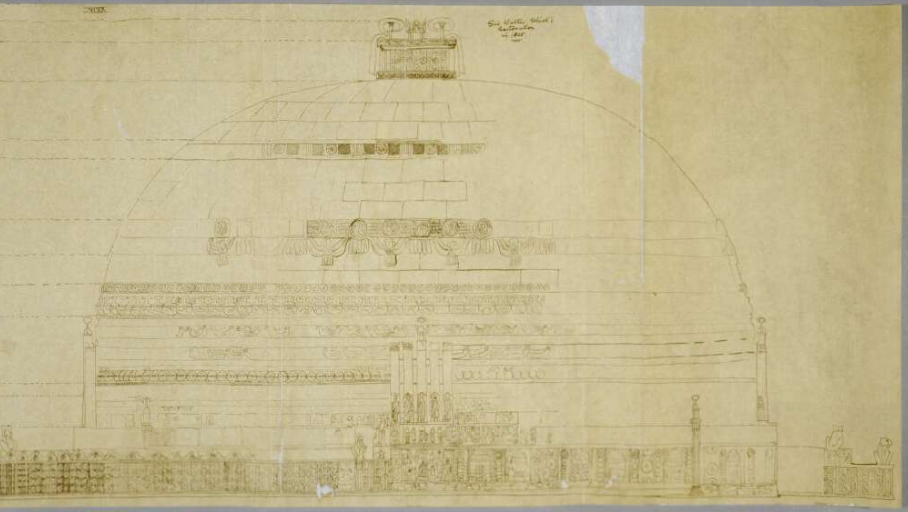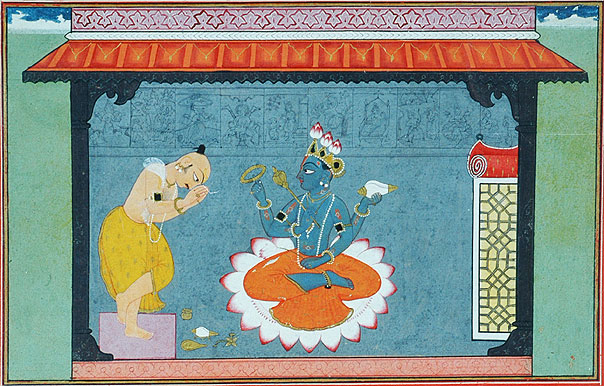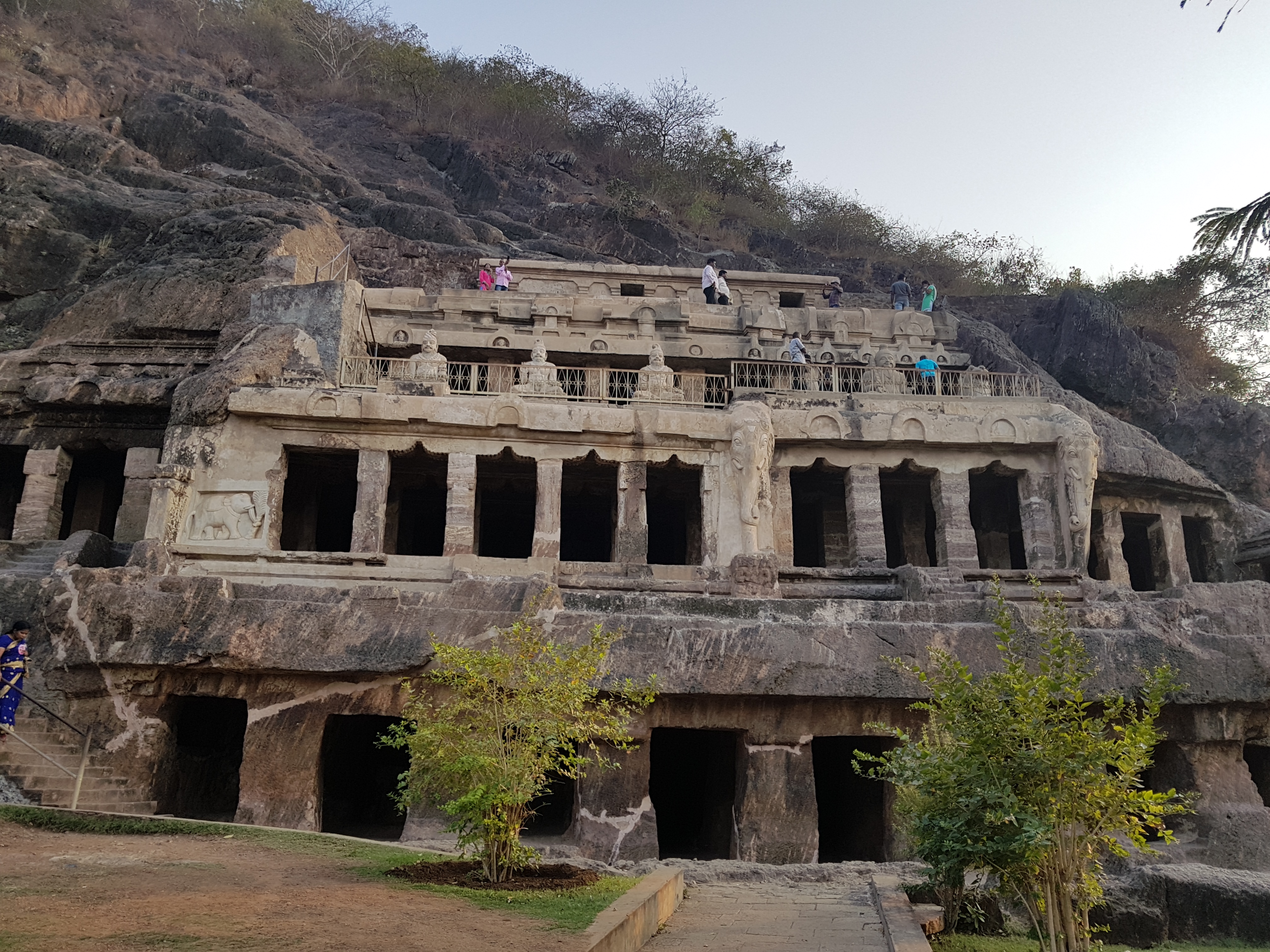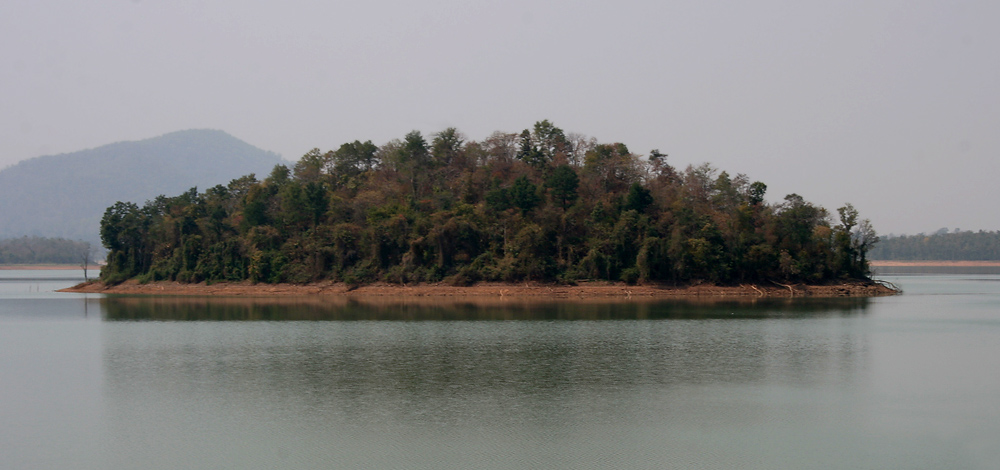The Amaravati Stupa represents a profound testament to the evolutionary journey of Buddhist art and spiritual practice in ancient India. Nestled in the heart of Andhra Pradesh, this monumental structure embodies centuries of architectural innovation, religious devotion, and cultural transformation. Its origins trace back to the third century BCE, during a period of remarkable philosophical and artistic renaissance under the Mauryan Empire.
The stupa's construction was not a singular event but a complex, multi-generational process that reflected the dynamic nature of Buddhist thought and artistic expression. Initially conceived with simple granite pillars and modest structural elements, the monument gradually evolved into an intricate masterpiece adorned with elaborate carved slabs and richly decorated railings. Each phase of construction revealed sophisticated craftsmanship and deep spiritual symbolism, making it a living chronicle of Buddhist architectural development.
Archaeological evidence and historical records suggest that Amaravati was more than just a religious monument—it was a vibrant center of learning, spiritual discourse, and artistic innovation. The site's strategic location along maritime trade routes facilitated cultural exchanges, enabling its artistic style to influence regions far beyond the Indian subcontinent. Sculptural narratives depicting the Buddha's life, intricately carved on limestone panels, showcase a level of artistic sophistication that transcended regional boundaries.
The stupa's significance extends beyond its physical structure, representing a critical node in the transmission of Buddhist teachings and philosophy. Legendary accounts suggest that the Buddha himself conducted important ceremonial practices at this location, particularly the enigmatic Kalachakra initiation—a pivotal ritual in Vajrayana Buddhist traditions. These narratives imbue the site with profound spiritual legitimacy, attracting scholars, pilgrims, and practitioners across generations.
Historical documentation reveals the site's complex trajectory, marked by periods of remarkable flourishing and subsequent decline. Major explorers and archaeologists like Colin Mackenzie and Walter Elliot played crucial roles in documenting and preserving the stupa's remains during the colonial era. Their meticulous documentation ensured that even as the physical structure deteriorated, its cultural and historical essence was captured and transmitted to future generations.
The architectural design of Amaravati Stupa demonstrates remarkable engineering sophistication for its time. With a diameter of 192 feet and railings reaching nine feet in height, the monument represented a pinnacle of Buddhist architectural achievement. The use of limestone slabs, intricate medallion carvings, and carefully constructed railings revealed a deep understanding of structural aesthetics and symbolic representation.
Throughout centuries, Amaravati maintained its spiritual relevance, attracting Buddhist practitioners and scholars from diverse geographical and cultural backgrounds. The Chinese monk Hiuen Tsang's seventh-century accounts and the Dalai Lama's 2006 Kalachakra initiation at the site underscore its enduring spiritual significance. This continuity demonstrates how sacred spaces transcend temporal boundaries, maintaining their cultural and spiritual potency across millennia.
In contemporary times, the Amaravati Stupa stands as a critical heritage site under the protection of the Archaeological Survey of India. Museums in Chennai and other locations continue to preserve and exhibit its remarkable sculptural legacy, ensuring that this extraordinary monument remains accessible to scholars, practitioners, and cultural enthusiasts worldwide. Its story represents not just a geographical location, but a profound narrative of spiritual evolution, artistic excellence, and cultural resilience.






